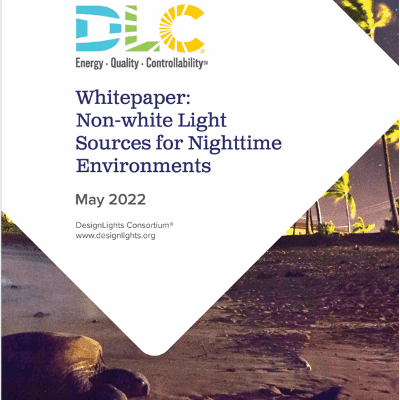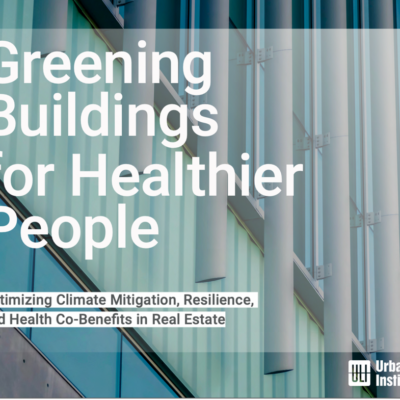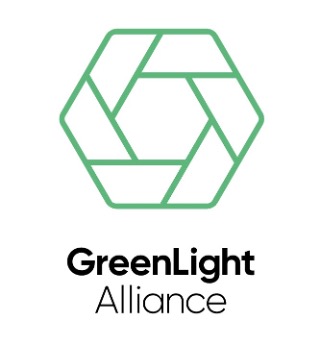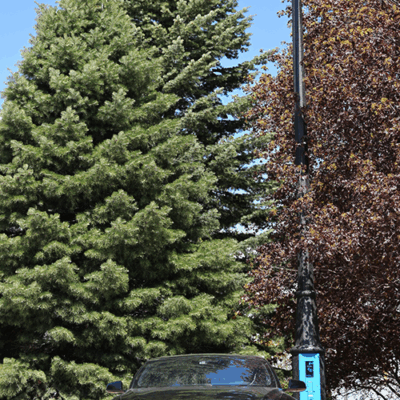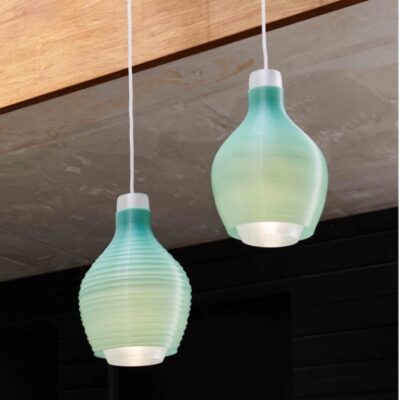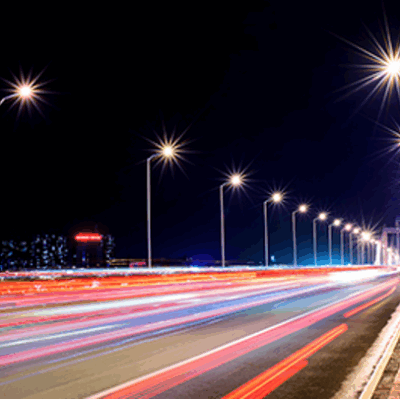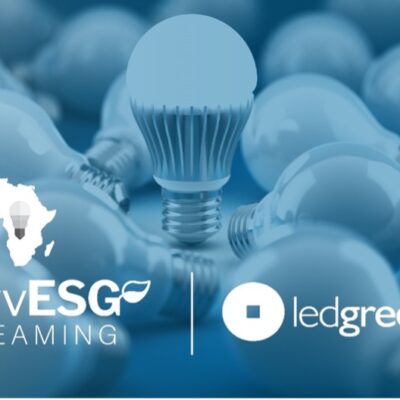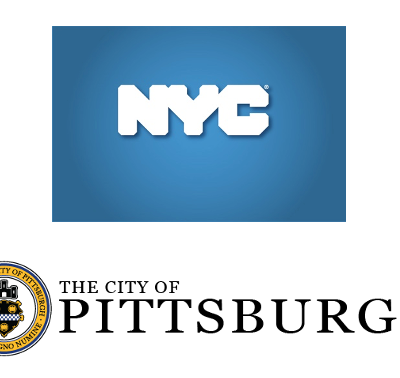Many articles have written about the potential of using bioluminescence to light cities, but a French start-up, Glowee, is actually producing lights using bioluminescence and installing them.
Energy + Environment
Education + Resources, Energy + Environment
New DLC Whitepaper On Non-White Light Sources For Outdoors
There is growing scientific evidence that LED outdoor white light at night is devastating global insect and bird populations, in addition to potential negative human health impacts. A possible solution is to move back to non-white lighting, such as phosphor-converted amber and direct emission amber LED sources, outdoors.
Energy + Environment, Research
Health and Wellness Strategies Complement Resilience & Sustainability
The COVID-19 pandemic showed just how important focusing on health and wellness is (and will be) for facility managers and construction professionals. A new report from the Urban Land Institute titled “Greening Buildings for Healthier People” examines all the ways resilience, health and wellness, and sustainability match up.
Energy + Environment, Interviews + Opinion
Interview: The Circular Economy For Lighting
The GreenLight Alliance (GLA) is a non-profit organization with leadership across Europe and North America, dedicated to applying circular economy principles to the lighting industry, targeting specifiers to drive change. I interviewed Emilio Hernandez, Chair of the GreenLight Alliance about the GLA’s goals and strategies.
Codes + Standards, Energy + Environment
DLC Releases New Logos For Each QPL Impacting Product Marketing Materials
The DesignLights Consortium (DLC) has released four new logos, allowing manufacturers and distributors to indicate which products are listed on each of the four DLC Qualified Product Lists (QPLs).
Energy + Environment, Products + Technology
Product Monday: EV Charger In A Light Pole
The fast growing EV charging market and the lighting world are starting to collide. StressCrete Group, manufacturers of spun concrete poles and light fixtures operating across North America, announced today the launch of their new product, the VoltLock.
Energy + Environment, Products + Technology
Product Monday: Decorative Pendants 3-D Printed From Recycled Ocean Plastic Waste
Fishing nets account for 46% of ocean plastic pollution, and Signify is now upcycling them to fashion new pendants, in their Coastal Breeze Collection. Crafted from salvaged fishing nets using 3D-printing, Coastal Breeze brings ocean-inspired beauty to residential or light commercial applications.
Codes + Standards, Energy + Environment
New NEMA Standard For Street & Area Light Internal Energy Metering
The National Electrical Manufacturers Association (NEMA) published American National Standard for Roadway and Area Lighting Equipment—Metering Performance Requirements for LED Drivers with Integral Energy Measurement (ANSI C136.52-2021).
Construction + Economy, Energy + Environment
World’s First Carbon Streaming Investment Vehicle For LED Lighting And Retrofits Launched
DevvESG Streaming, a carbon streaming investment company, and LED Green Light International (“LEDGLI”), a designer and manufacturer of advanced LED lighting products, today announced the launch of the first carbon streaming initiative to provide investments into large-scale LED lighting deployments, worldwide.
Energy + Environment, Legislation + Regulation
Cities Getting Serious About Light Pollution
New York City enacted two new laws aimed at curbing light pollution for City-owned properties. The proposed legislation allows for exemptions for landmark buildings – enabling the Empire State Building’s color-changing fixtures to continue illuminating the top 30 stories.



